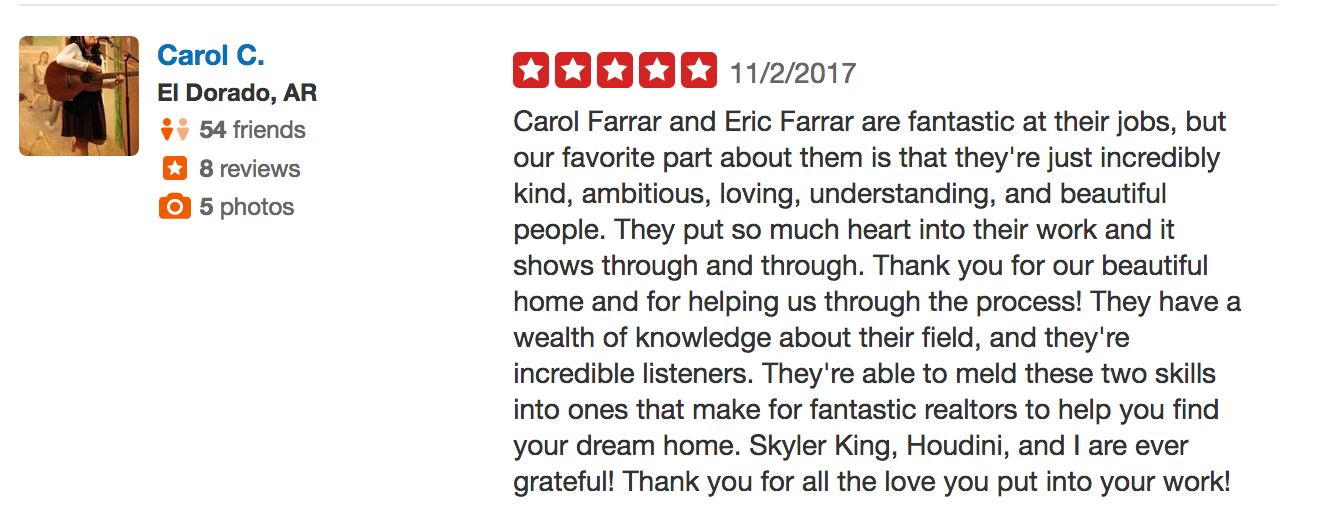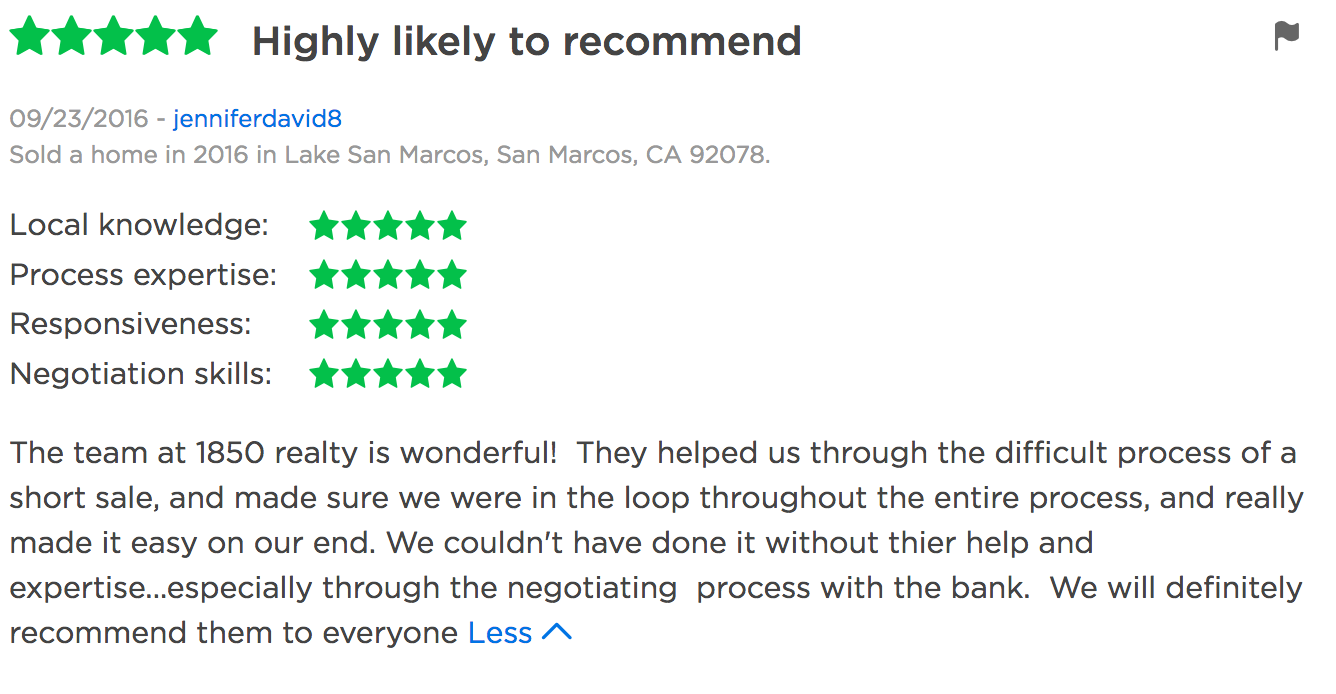Here we are…the last day of the first month of 2011![uncle sam taxes]()
One of the biggest things that we all start thinking about this time of year is tax season. I’ve come across some good information & useful tips to share with you on filing your taxes as well as things to consider when filing taxes.
Hopefully it’ll help get you a bigger return….or at least pay less taxes. Good luck!
5 Tips for filing taxes in 2011
- Start gathering your records – Round up any documents or forms you’ll need when filing your taxes: receipts, canceled checks and other documents that support income or deductions you’re claiming on your return.
- Be on the lookout – W-2s and 1099s will be coming soon; you’ll need these to file your tax return.
- Use Free File – Let Free File do the hard work for you with brand-name tax software or online fillable forms. It’s available exclusively at http://www.irs.gov. If you made $58,000 or less, you qualify for free tax software that is offered through a private-public partnership with manufacturers. If you made more or are comfortable preparing your own tax return there’s electronic versions of IRS paper forms. Visit www.irs.gov/freefile to review your options.
- Review! Review! Review! Don’t rush. We all make mistakes when we rush. Mistakes will slow down the processing of your return. Be sure to double-check all the Social Security Numbers and math calculations on your return as these are the most common errors made by taxpayers.
- Check the status of your tax refund. Whether you chose direct deposit or asked the IRS to mail you a check, you can check the status of your refund through Where’s My Refund?
Info courtesy of IRS.gov
7 things to consider when filing taxes
- Watch out for FSA limits– Medical flexible spending accounts, or FSAs, are not as flexible in 2011. These workplace plans allow employees to put pretax money into accounts and then use the money to pay for medical expenses not covered by insurance. But one category that is no longer eligible for reimbursement is over-the-counter medicines. Beginning Jan. 1, you must get a doctor’s prescription to use FSA money to pay for over-the-counter medications. This means you’ll need your doctor’s official, written order that you take nonprescription cold tablets.
- Convert to a Roth IRA – Roth IRAs are popular because when the money is withdrawn in retirement, there’s no tax due. These accounts are enjoying a new surge of popularity now that there’s no longer an income limit on who can convert a traditional IRA to a Roth account. This conversion option became available last year and also included the ability to spread any taxes due upon conversion over two subsequent tax years. The tax-deferral opportunity is gone. If you convert a traditional IRA to a Roth IRA in 2011, you’ll have to pay all conversion taxes this tax year. But for some, it still might be worthwhile to convert to a Roth.
- Buy a house – The first-time homebuyer credit is no longer available, but owning a home still offers many good tax breaks. Sure, the bipartisan National Commission on Fiscal Responsibility and Reform has suggested that the mortgage interest deduction be eliminated or at least reduced. That won’t happen any time soon. Other home-related costs, such as property taxes and points paid to get a lower home loan interest rate, also are deductible, as is interest on home equity loans up to $100,000. The biggest home-related tax benefit, though, could come when you eventually sell. As long as you live in your home for two of the five years before you sell, you won’t owe taxes on up to $250,000 in profit (or $500,000 for a married couple filing a joint return) from the sale of your principal home. And if you did take advantage of the very first first-time homebuyer credit on your 2008 tax return, remember that when you file your 2010 Form 1040 this year, you’ll have to start paying back that $7,500 tax break.
- Give to charity – You don’t have to meet a threshold to deduct your charitable donations. As long as you give to an IRS-qualified organization within the tax year, you usually can claim as an itemized deduction the full amount that you give.
- Adjust your withholding – When it comes to payroll withholding, you want to be Goldilocks and get it “just right.” If you overwithhold federal taxes, you’ll get a big refund. That’s nice once a year, but you’ve sacrificed control of your dollars for the other 364 days. If you underwithhold, you’ll end up owing the IRS at filing time. Owing a little isn’t too bad, but a big tax bill could cause you to face penalties for not paying enough throughout the year. It’s easy to change your withholding. Just give your payroll office a new W-4. And to make sure that form will get your withholding as close as possible to your eventual tax liability, you can use Bankrate’s payroll deductions calculator or the IRS’ interactive allowances calculator.
- Estimate your AMT exposure – Although Congress annually enacts changes to the income levels for the alternative minimum tax, or AMT, many middle-income taxpayers still find each year that they are subject to this parallel and costly tax. This extra tax calculation, in which many commonly claimed deductions are not allowed, is required if you earn more than a certain threshold income. It was created in 1969 to ensure that wealthier taxpayers pay at least a minimum amount of tax. The main problem with the AMT is that it’s not indexed to inflation, hence the need for yearly legislative action to increase the amount of income exempt from the AMT. But just as problematic is that many deductions allowed under the ordinary tax system — state and local income taxes, real property taxes, miscellaneous deductions and the usual amount of medical expenses — cannot be used to offset the AMT. If you’re in a higher tax bracket and fear that you might end up paying the alternative tax, talk with your tax adviser sooner rather than later to consider ways to limit your AMT exposure.
- Start a business – Whether you operate your own business as your main source of income or as a sideline venture, tax laws offer several ways to save. The Small Business Jobs and Credit Act of 2010 increased the Section 179 tax deduction.This provision allows you to deduct qualifying expenditures in the tax year in which they are made rather than depreciate it over several tax years. For 2011, the maximum Section 179 deduction is $500,000. Other popular business tax breaksalso remain in effect. You can write off some of your new business startup costs, as well as many home office expenses if you run your operation from your residence. If your company is a bit bigger and in the manufacturing sector, the domestic production activities deduction could help. It allows you to claim a percentage of your taxable income to help reduce your company’s tax bill. The main requirement is that the manufacturing be based in the United States, but the range of qualifying activities is wide. Details can be found in the instructions for IRS Form 8903, which you’ll file to claim the deduction.
Tips courtesy of BankRate.com














